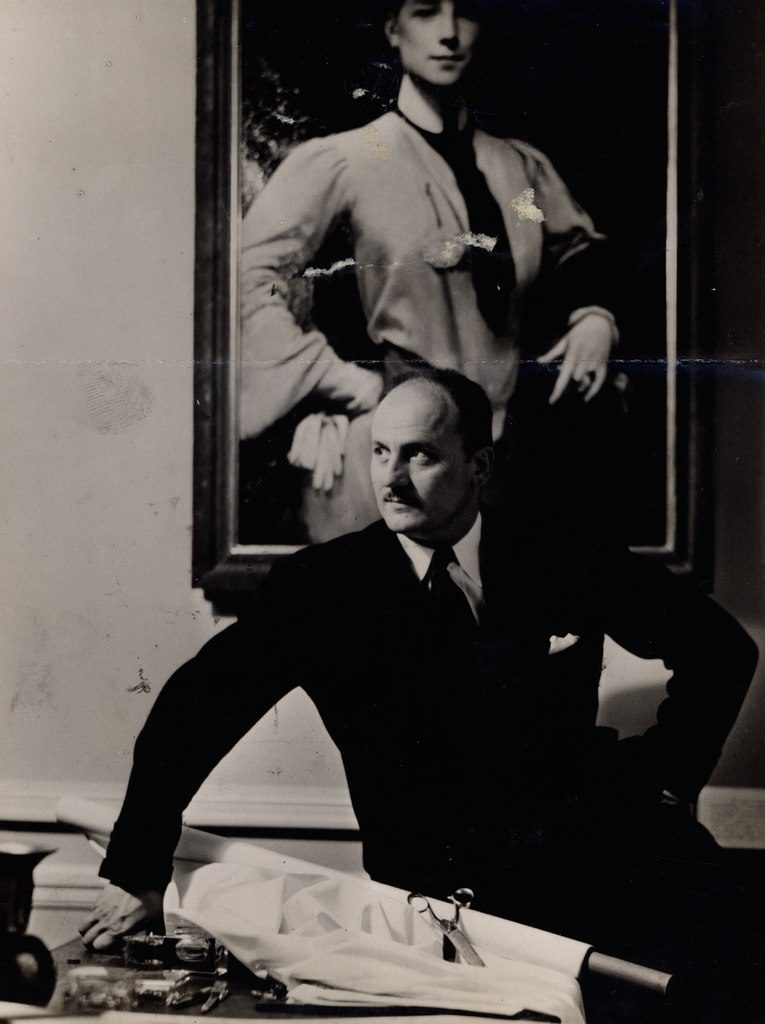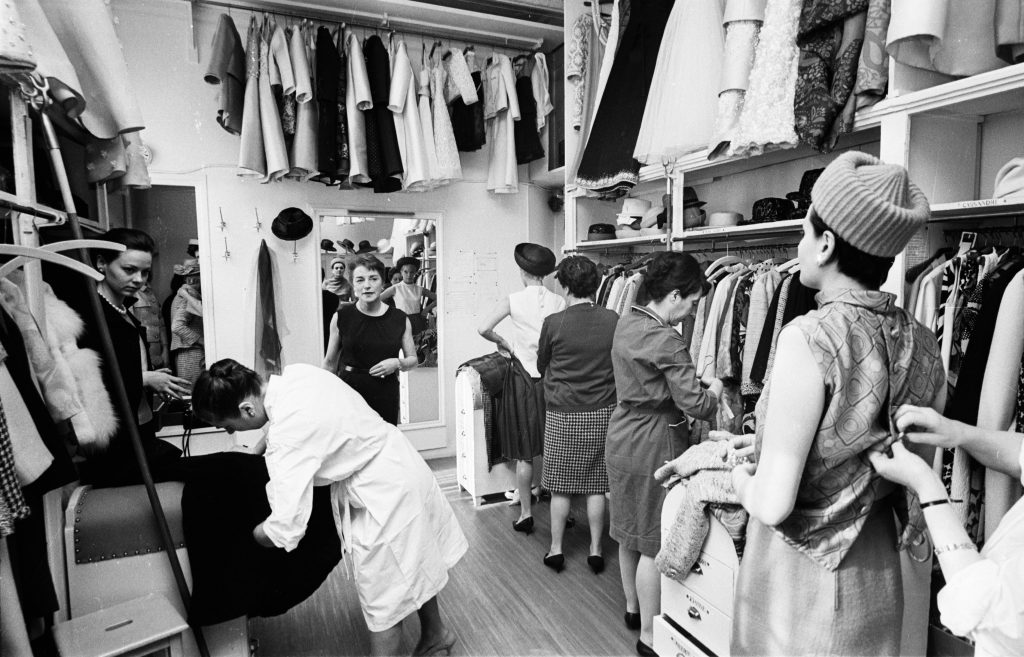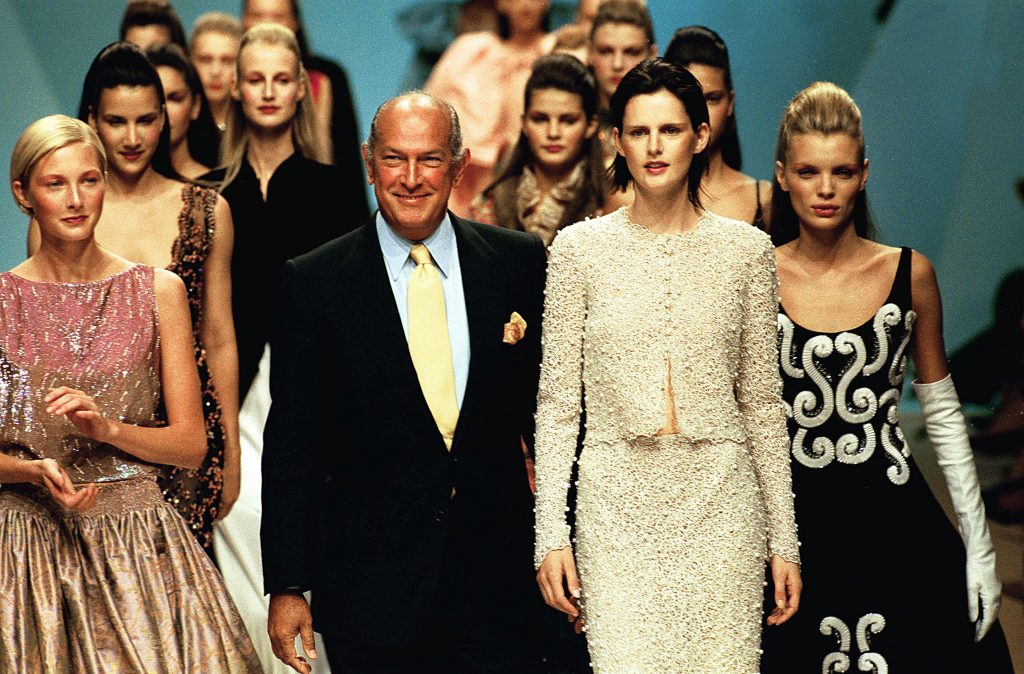
The Evolution of Balmain House

Lh takes a deep dive into Balmain House, from its historical origins in post-war France to its continued excellence in the contemporary fashion scene.
The Genius Behind the Brand
In 1914, Pierre Balmain, future founder of the eponymous fashion house, was born. Long before he would realize his designer dreams, Pierre spent his formative years raised in the midst of his father’s drapery business, assisting customers and handling fabric. Pierre enrolled in l’Ecole des Beaux-Arts in 1933 to pursue architecture, but his time there was short-lived. Only a year later, he landed a position with the British designer Edward Molyneux, known for his refined couture aesthetic.

With the onset of World War II, Pierre’s artistic development stalled for five years while he served in the French army and air corps. For the second half of the war, Pierre worked at Lucien Lelong’s fashion house, where he befriended Christian Dior. The two young designers grew close and, at one point, even planned to go into business together. However, this was not to be; Pierre and Christian launched their careers a year apart, but both would find critical acclaim.
The Emergence of Balmain House
The history of Balmain House began in 1945 when it opened to glowing reviews, praising the combined ease and elegance of Balmain’s designs. That same year, it received special recognition in an issue of Vogue. Despite these early accomplishments, Pierre was adamant about pushing the boundaries of his design and dealings beyond the local sphere. He traveled to Australia and the United States to establish business relations and broaden the scope of his influence. It was an innovative strategy that garnered Balmain a brand status and won the loyalties of many Golden Hollywood celebrities. Glittering stars like Katherine Hepburn, Brigitte Bardot, and Ava Gardner donned Balmain gowns. However, they were not the only big names in history wearing Balmain: in 1960, Queen Sirikit of Thailand dressed in a Balmain skirt for her tour of the United States!

Pierre remained at the company’s helm for the rest of his life, cultivating a simple but sophisticated couture style that marked each of his designs. Small-waisted bell skirts exemplified this aesthetic, becoming integral to the Balmain brand. Pierre passed away in 1982 after suffering from liver cancer. He spent his final living hours doing what he loved most: sketching designs for the upcoming fall collection.
Building a Legacy Beyond Balmain’s Life
In the wake of Pierre’s death, Erik Mortenson took charge of Balmain House. As Pierre’s right-hand man, Mortenson was well equipped to steer the course of Pierre’s vision for Balmain House. During his time at the company, Mortenson strove to maintain the integrity of Pierre’s original designs but had to get creative to accommodate the changing trends in fashion, as couture was quickly falling out of style.
When Mortenson left Balmain House in 1993, Dominican designer Oscar de la Renta took over. Already a celebrated name in the fashion world, de la Renta’s association generated renewed interest in the company. With couture no longer in favor, de la Renta faced the challenge of upholding Balmain’s classic look.

Christopher Decarnin reimagined the Balmain style when he became Head Designer in 2006. Decarnin created elaborately decorated pieces that differed from the simplicity of Balmain’s original approach. This shift towards more extravagant designs reflected the trends of the mid-2000s and an increasingly expensive market. Decarnin viewed these as changes necessary to keep the Balmain brand relevant.
Present Day Balmain House

Today, Balmain remains a powerful presence in the fashion world. Under Creative Director Olivier Rousteing, Balmain has struck a balance between the simplicity of its early days and the flamboyance Decarnin introduced. While Rousteing honors Balmain’s desire for clean lines and classicality, he is not afraid to add tasteful detailing to his designs. Rousteing has also been at the forefront of some novel initiatives that brought a breath of fresh air to the history of Balmain. Further, his dedication to diversity in the fashion world ensures that the Balmain team–or ‘army,’ as Rousteing calls it–is rich in different experiences and backgrounds. This push for, and celebration of, diversity reflects the incorporation of Asian aesthetic influences present in designs from recent years.

Balmain has released iconic collections, such as the 2015 collaboration with H&M and the 2020 tribute to Micheal Jackson. Balmain’s latest release is a 25th-anniversary capsule collection, which features Rousteing’s favorite looks, and presents some new ones. The collection incorporates edgy contemporary elements. It is informed by personal themes that appeared in the past decade of Rousteing’s life. Balmain House’s history is certainly far from finished. But it is exciting to see Balmain continue to inspire generations, just as it has in the past.
Words by Natalie Junio-Thompson
Feature Image: Balmain Flagship Store Saint Honoré, Paris – Designed by Studio AMV (Photo by Diego DePol / Courtesy Studio AMV)
More to Love!
Balmain Returns to New York in Beautiful Madison Ave. Boutique
Balmain Paris: In Love with Balmain




